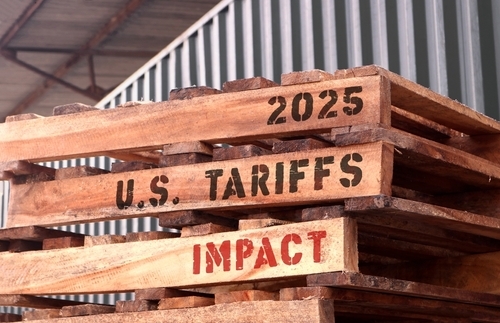Consumers always want choice—or do they? When shopping for orange juice or toothpaste becomes as complicated as shopping for pantyhose, is offering “infinite” choice within a category really such a good idea?
Mega-brands such as Neutrogena, Crest, and Tropicana have become nearly all-encompassing, due to several factors: the high cost of launching a brand, the constant push for newness, and the never-ending battle for shelf space. While all these factors are legitimate, there is another reality at play. There comes a point when more is just too much, when choice tips over into consumer confusion.
When this happens, when reading labels becomes an exercise in frustration, the door opens for an alternative: the edited brand.
The edited brand serves as a bull’s-eye for the consumer. While Cheerios, with varieties from frosted to multigrain, targets everyone from the sweet tooth to the health nut, Kashi stays loyal to the committed health-conscious consumer.
The edited brand has a strong point of view and philosophy that guide brand decisions. While the mega-brand asks, “Can we do it?” the edited brand asks, “Should we do it?” and sometimes says “no.” Unlike mega-brands Lancome and Estee Lauder, Bobbi Brown Cosmetics provides an edited color palette and product line, using its philosophy that “beauty should be simple, real, and approachable” as its guide.
The edited brand filters out ideas. Rather than incorporating every new technology or ingredient into its line, the edited brand is selective about line extensions. In the best case, the edited brand goes further, seeking new “finds” for its consumer, much as Origins has introduced its followers to white tea, pomegranate, and Dr. Weil’s Plantidote Mega Mushroom Program.
With today’s consumers so bombarded by information and so pressed for time, the “more” they need may not be more choice, but more decisions ready-made for them.
Carol Davies is a partner in Fletcher Knight (www.FletcherKnight.com), a Greenwich, CT-based marketing innovation consultancy.
 Network
Network

